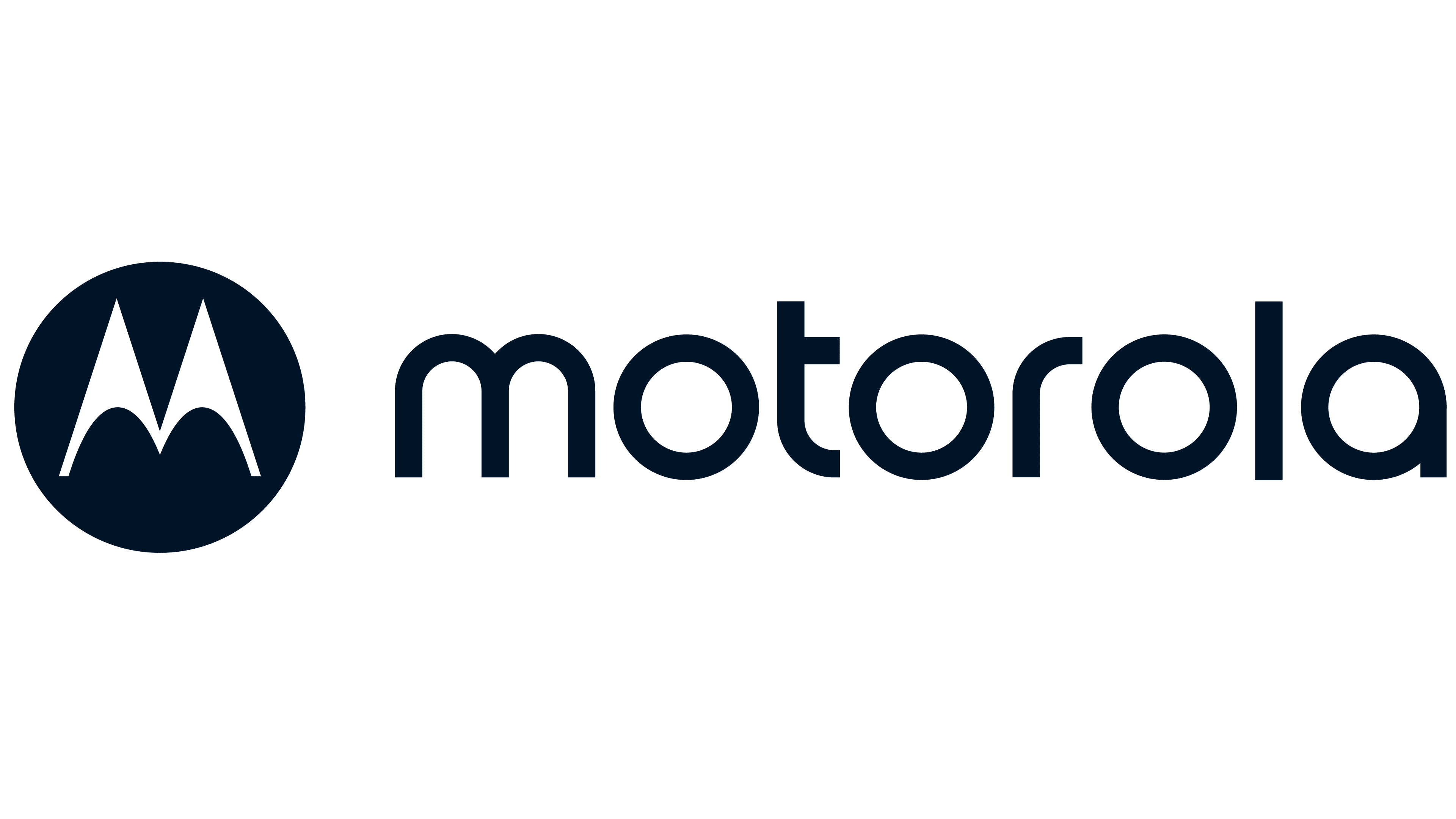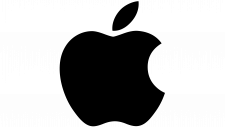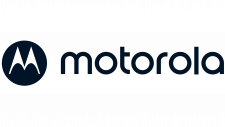Motorola Logo
Motorola, once a pioneering force in telecommunications, primarily focuses on mobile devices today. Operating mainly in the smartphone segment, its products cater to various market tiers, from budget to high-end. Motorola also delves into other tech sectors, like accessories and smart home devices. Historically influential in numerous regions, its strongest presence is currently in North America, Latin America, and parts of Europe. The brand “Motorola Mobility” is owned by Lenovo, a multinational tech giant based in China. This acquisition has enabled the brand to leverage synergies and enhance its global outreach.
Meaning and history
Founded in 1928 by Paul and Joseph Galvin, Motorola began its journey as the Galvin Manufacturing Corporation in Chicago, specializing in battery eliminators. In the 1930s, they launched the first car radio and adopted the name “Motorola,” blending “motor” (for motorcar) with “ola” (from Victrola).
Throughout the 20th century, Motorola was a major player in the communication industry. In the 1960s, they developed radio equipment for NASA, notably the transceiver that relayed Neil Armstrong’s iconic words from the moon.
By the 1970s and 1980s, Motorola was pioneering mobile communications. They introduced the world’s first commercial portable cell phone, the DynaTAC, in 1983. The 1990s saw the iconic Razr series, which became a cultural sensation.
However, by the 2000s, competition grew fierce. Motorola’s dominance waned, with companies like Nokia, Apple, and Samsung emerging strong. To address challenges, Motorola, Inc. split into two independent public companies in 2011: Motorola Mobility (focused on consumer electronics) and Motorola Solutions (handling communication solutions for businesses and governments).
Google acquired Motorola Mobility in 2012, primarily for its rich patent portfolio. But in 2014, Lenovo purchased it from Google, retaining the valuable patent collection. Under Lenovo, Motorola Mobility saw a strategy shift, targeting different market segments with its Moto and Edge series.
Motorola Solutions, on the other hand, continues to operate independently, delivering critical communication products and services to enterprises and governments.
In sum, Motorola’s journey from battery eliminators to space communication, and from mobile phone pioneers to a brand under Lenovo, illustrates its ability to adapt and evolve in a rapidly changing tech landscape.
1930 – 1955
Originally called the Galvin Manufacturing Corporation, the renowned “Motorola” branding was introduced in 1930. Alongside this renaming, a refreshed emblem was rolled out. Crafted to resemble hand-written script, the lettering was robust yet elegant. This elegance was amplified by a delicate slant to the right and the distinct differentiation between primary and ancillary line weights. The characters seamlessly flowed into one another, demonstrating the typeface’s cohesion. Notably, the cross-stroke of the “t” bore a resemblance to a bolt of lightning, subtly alluding to the rapidity of communication facilitated by their advanced equipment. This design choice emphasized the company’s commitment to swift and efficient communication technology.
1946 – 1950
In 1946, a fresh rendition of the “Motorola” inscription was conceived. While the typeface retained its cursiveness, its vertically stacked letters gave it an unconventional appearance. The ligatures between characters were horizontal, a feature rarely seen in script fonts. Yet, a unique equilibrium was achieved by the designers by crafting the three “o” and “a” letters with flawless roundness. This crafted a distinctive play, with vowels intermittently placed between consonants in the brand’s name. Further, two elongated horizontal lines anchored the design, with one emerging from the upper edge of the “M” veering left, while the other extended from the tail end of the “a,” stretching rightward, establishing a balanced visual appeal.
1950 – 1965
During the mid-20th century, Motorola introduced a freshly designed typographic emblem. The font choice bore a striking resemblance to what one might find in Dharma Type’s Rama Slab E Bold: a robust serif with succinct, boxy serifs. It seemed the creators aimed for a more condensed textual representation, evident by the abbreviated extension of the “r”. Similarly, the “t” also had a notably abbreviated tail, contributing to the logo’s compact and streamlined appearance, reflecting the company’s progressive approach during that era.
1955 – Today
In 1955, a pivotal shift occurred in Motorola’s branding journey. The company introduced the iconic M-shaped emblem, a brainchild of Thomas Miller, which came to symbolize Motorola for years to come. This strategic rebranding was timely, given Motorola’s expanding horizon post-war, venturing into television manufacturing and establishing overseas factories. The evolving landscape necessitated a globally resonant corporate image.
Thomas Miller, the African-American architect behind the emblem, faced challenges due to prevailing racial biases. His talents remained largely unrecognized until he joined Morton Goldsholl Associates. His design for Motorola comprised twin triangular elements with oval indents at their bases. These figures, reminiscent of pointed fountain pen tips, collectively crafted the letter “M.” Initially, these shapes were encased within ellipses and rectangles. By 1965, a definitive design emerged: a crisp white “M” set against a black circular backdrop.
Commonly referred to as the “Bat Wing” or “Emsignia,” Motorola’s emblem does invoke imagery of a bat’s outstretched wings, especially with its sharp contours. Beyond this, the intersecting triangles, emblematic of mid-20th-century modernist art, epitomize Motorola’s pioneering spirit and its aspirations to reach new summits.















